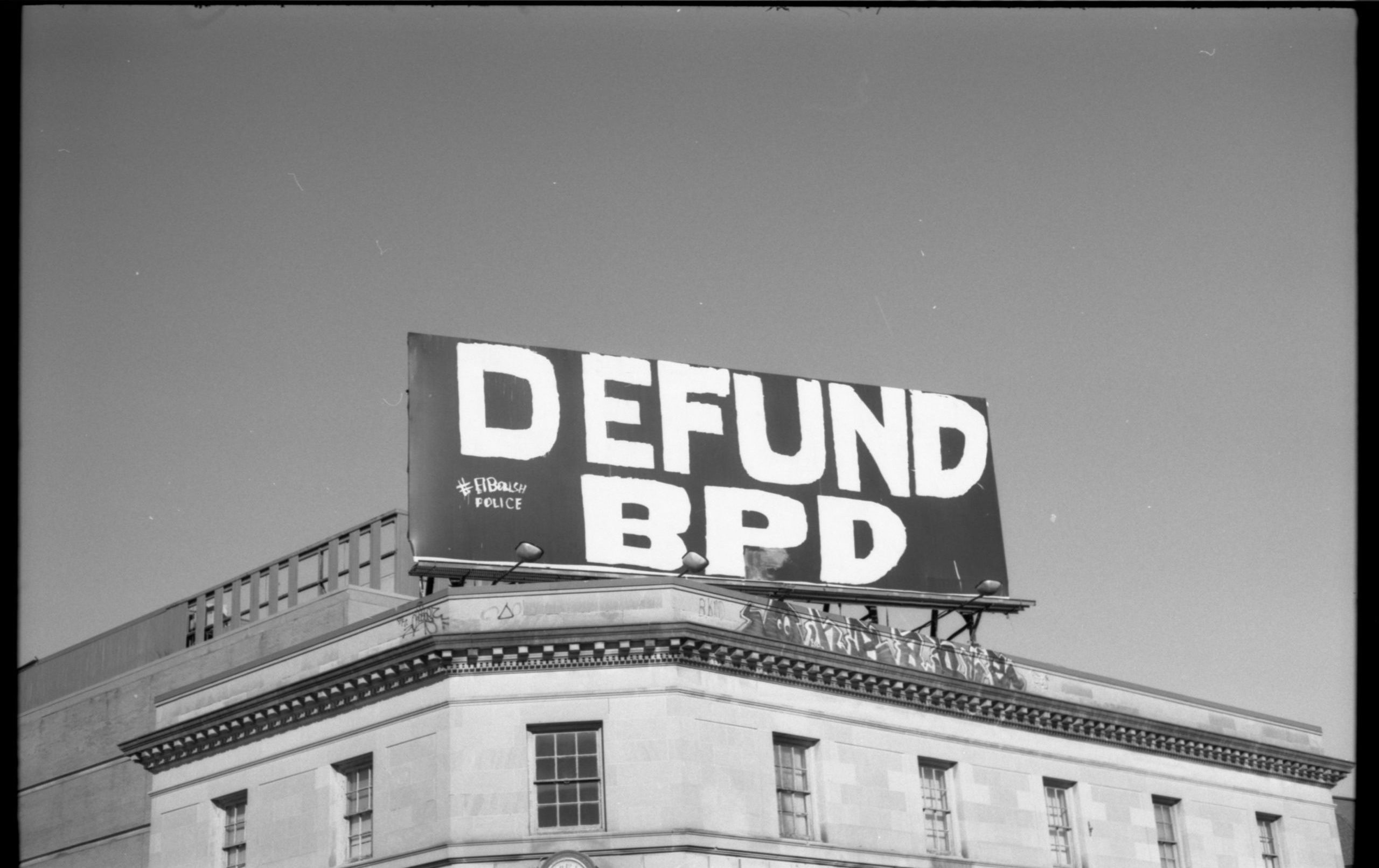On the night of Saturday, October 16, police in Tarpon Springs, Florida, received a call about a man pointing an AK-style rifle at passing cars. Officers confronted the suspect at an intersection and fired 12 shots, killing him. The victim was soon found to be a boy, an 11th grader at the local high school. And the rifle he was carrying was in fact a toy airsoft gun.
The boy’s death follows a long line of incidents in which police have shot and killed people carrying toy weapons. According to The Washington Post’s police shooting database, at least 245 people have been killed by police while in possession of a toy gun since 2015.
The victims of shootings involving look-alike guns include 12-year-old Tamir Rice, 17-year-old Hannah Williams, and 13-year-old Andy Lopez.
So far this year there have been at least 26 such deaths.
On April 5, 16-year-old Iremamber Skyap was shot and killed by Honolulu Police after he and his brother were found in a stolen car with an airsoft pistol. One of the officers who was a witness to the shooting told defense attorneys he couldn’t tell the difference between the toy and an actual gun, adding that the toy pistol recovered “looks like a real gun to me.”
Sixteen-year-old Peyton Ham was shot and killed by a Maryland State Trooper eight days later. The trooper, responding to a call of a “suspicious person,” had spotted Ham armed with a handgun and a knife before opening fire. The gun was later found to be a replica, modeled after a Sig Sauer pistol.
As The Trace has reported, toy guns are regularly designed to mirror their real-life counterparts, often down to the precise detail. Gun manufacturers sometimes license their designs and brand names to toy companies to create fake weapons that are nearly indistinguishable from the real thing. Our reporting identified more than two dozen gun companies — including Colt, Beretta, and Glock — that allow airsoft companies to use their brands and likeness to manufacture toy weapons.
The results have been devastating, leading to hundreds of shootings by law enforcement officers unable to tell the difference between replica and reality.
“Every week my cops are coming across interactions that could be far worse outcomes than what they should be because the presence of these devices,” Chief Will Johnson of the Arlington Police Department in Texas told us in 2019. “Even being close [in likeness] is a problem, let alone if it’s an absolute shared schematic.”
Airsoft guns are widely available for sale throughout most of the U.S. In a few cases, some retailers and advertisers have stepped away from the practice. In 2014 Google Adwords, an advertising platform for the company, stopped promotions of airsoft guns and accessories. In 2018, Walmart ended the sale of airsoft guns and toys that looked like their real counterparts.
U.S. federal law requires that airsoft guns must be imported or transported with a blaze orange tip as means for customs and shipping officials to distinguish the replicas from actual firearms. However, it is legal for an owner to remove the orange safety markings. Subsequently, a number of states and local municipalities have stepped in with their own regulations.
A month after the Trace’s initial reporting on toy guns, three Democratic senators sent a letter to the Consumer Product Safety Commission requesting the agency to adopt stricter rules regarding the appearance of such look-alike guns. However, no new federal laws or regulations have been adopted.

